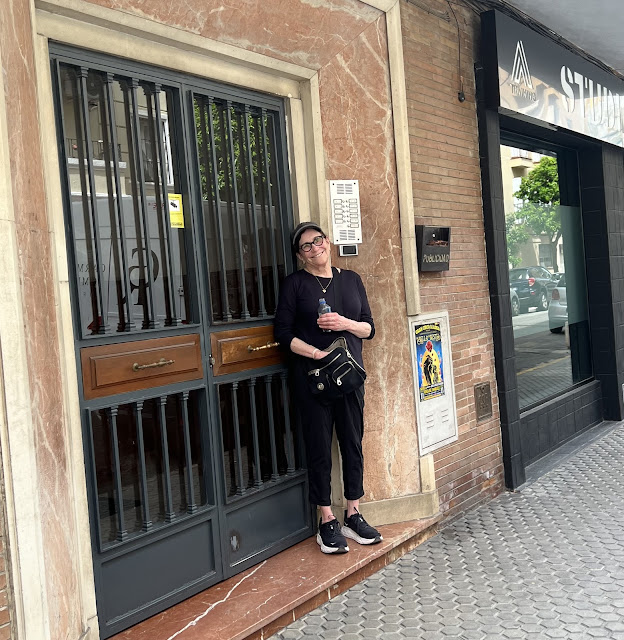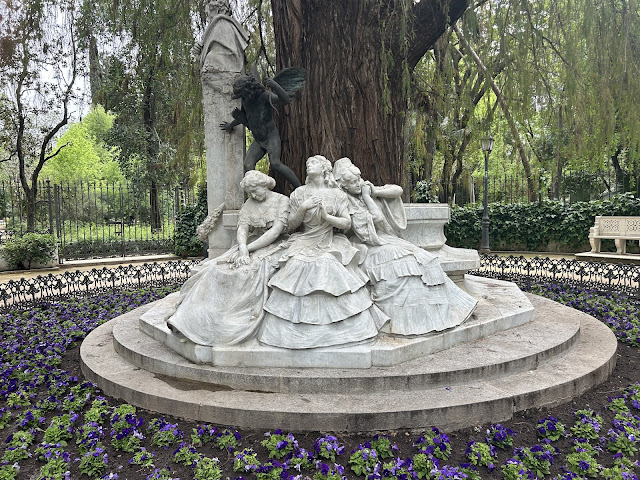Test your knowledge on Cyanotypes
How does a treated paper turn blue under the sun?
What are the colors of the rainbow?
Red, Orange, Yellow, Green, Blue, Indigo and Violet.
Can sunlight split the colors of the rainbow?
Yes, If we take a ray of light and look at it through a prism, we can see sunlight split into the colors of the rainbow. Each colored light wave has a distinct frequency.
But if we were birds, we could see one more color. And although that color is invisible to people, birds can see it. It is makes our skin darken and causes a reaction to certain chemicals.
Does anyone know the name of this color?
This color is called ultraviolet light. Invisible to humans but visible to some animals.
Have you heard of the Electromagnetic Spectrum?
The electromagnetic spectrum shows a range of waves at different frequencies, all of which are different forms of energy. In addition to visible light, the spectrum includes many other wavelengths—such as radio waves, X-rays, microwaves, infrared, and ultraviolet—each with its own specific uses.
How many years ago was this spectrum discovered?
IN 1820 by Christian Ørsted
Who invented the was Blueprint process that uses two chemicals and UV light?
Using Ultraviolet light to create a cyanotype was invented by 1842 by William Herschel. Even though we humans can't see this light, it can interact and alter matter. Two simple chemicals that when combined together and react to ultraviolet light turn the paper dark blue. During the workshop we are going to use these chemicals to explore making silhouettes imprints on paper.
What can you do with cyanotypes?
1) Architects drew on glass or vellum to keep parts of the paper from exposure The lines they drew became the white parts. The results are called blueprints. With this method they could make many copies at a time. Before this invention each diagram had to be redrawn one at a time. ( Today we use digital technology to do the same thing.)
2) Botanists like Anna Atkins, made a book from plant silhouettes created with cyanotype in 1843. Today we use this form to make art and record the natural world.
3) Photo negatives are used today to make prints as well. Negatives are laid over the treated paper and exposed to the sunlight.
How do you make a print?
For class, will be using a special paper coated with a substance that is sensitive to UV light. We will cover parts of the paper with plants and objects to prevent exposure in those areas. The paper will be kept hidden from light until we are ready to expose it.
To expose the paper, put it the sunlight for about 15 minutes. Afterwards the plant matter and objects are removed and the paper will be rinsed free of the chemicals.
Below are a few samples.























